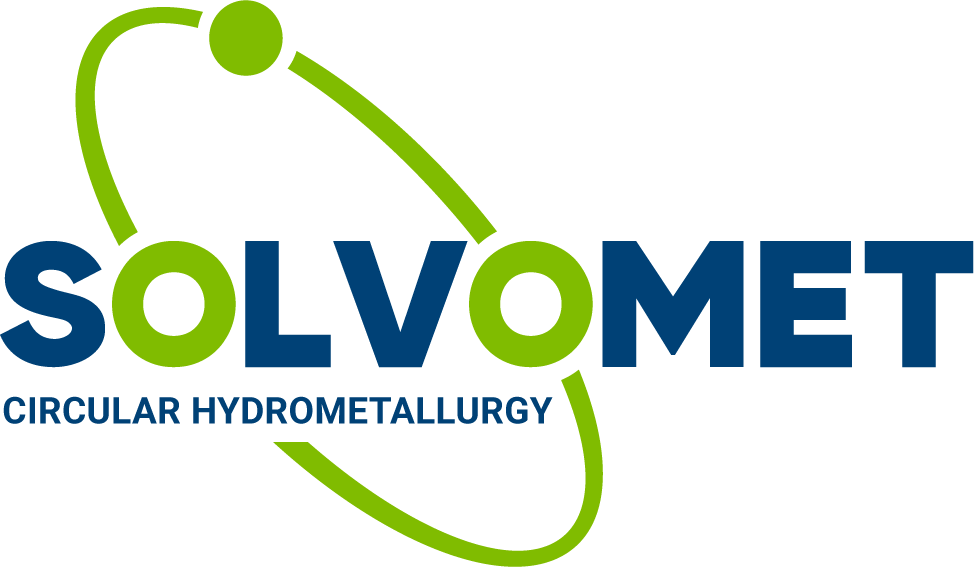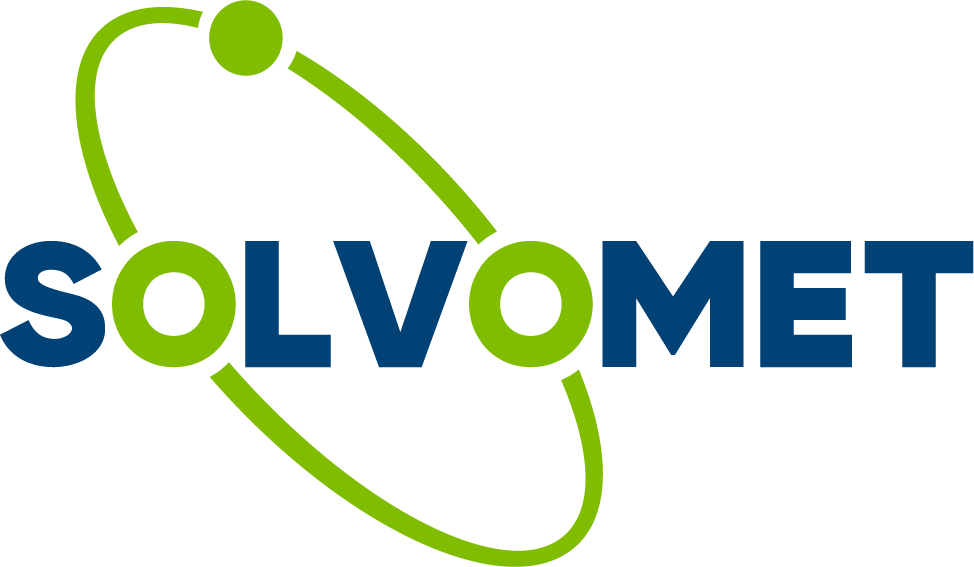Expertise
Chemical and mineralogical characterisation of metal-bearing ores, concentrates, tailings, industrial process residues and postconsumer waste
SOLVOMET owns or has direct access to state-of-the-art equipment for characterisation of solid samples (QXRD, WDXRF, TXRF, Raman, ICP-OES, ICP-MS, NMR, UV-VIS, SEM-EDS, EPMA-WDS…).
Development of eco-friendly hydrometallurgical unit processes for metal recovery (advanced leaching) and purification (solvent extraction, ion exchange…)
This work involves the recovery of metals from (low-grade) ores, extractive waste (tailings), solid industrial process residues and urban waste (waste PCBs, spent automotive catalysts, end-of-life magnets…) through leaching (at lab scale in batch reactors (up to 5 L), mortar grinder or in columns; high-pressure leaching in autoclave reactor) and the subsequent removal of metals from liquid (aqueous or organic) process streams by (non-)aqueous SX, (non-) aqueous ion exchange (IX), cementation, precipitation and/or electrowinning.
The two most often used techniques by SOLVOMET for concentration and purification of leach solutions or metal-containing solutions in general are solvent extraction (SX) and ion exchange (IX). The choice between SX and IX is largely determined by the concentration range: SX for high concentrations (50 ppm to saturated solution) and IX for low concentrations (ppb to 1000 ppm), with both SX and IX applicable in the 50 to 1000 ppm range. By a deep understanding of the mechanism of the SX and IX processes, we strive to make these processes as efficient as possible, with a minimum consumption of chemical reagents. We do not restrict these techniques to metals, but are also using them for the recovery of excess acid from pregnant leach solutions (PLS). This allows to massively improve the OPEX of a process.
Advanced leaching processes are highly efficient leaching processes that are developed by implementing the principles of circular hydrometallurgy. The choice of the lixiviant is based not only on the chemical composition of the solid feed material, but also on it mineral composition and morphology. Leaching processes are designed to be as selective as possible with a minimum generation of waste. Excess acid or base are recovered after leaching rather than neutralised. Reagents are regenerated.
Development of (near-circular, low-energy-input) hydrometallurgical flowsheets
In this work we smartly combine new and/or existing unit processes into low-energy-input, (near-) circular hydrometallurgical flowsheet, guided by our Twelve Principles of Circular Hydrometallurgy.
Validation of hydrometallurgical unit processes and circular flowsheets on mini-pilot scale
Although hydrometallurgical processes are first developed on a small lab-scale, we are able to demonstrate leaching, precipitation, crystallisation, cementation, solvent extraction, ion exchange and electrowinning/electrorefining processes also on a mini-pilot scale. These facilities include 1L and 5L leaching reactors, autoclaves for leaching, different types of mixer-settlers, a stirred column and centrifugal contactors.
Thermodynamic modelling of hydrometallurgical processes
Thermodynamic modelling is a key component to transform scientific knowledge into industrially-relevant applications:
- SOLVOMET can build predictive hydrometallurgical equilibrium models, in combination with flowsheet modelling based on rigorous chemistry and fitting experimental data
- SOLVOMET can calculate complex hydrometallurgical systems including multi-phase equilibria and electrolyte solutions
- SOLVOMET builds accurate models (>90% accuracy) with experience in solvent extraction, leaching, and precipitation
Predictive thermodynamic modelling can (partly) replace inefficient trial-and-error-based research; is an indispensable step towards rigorous process control; and delivers chemical insights into your processes.
For thermodynamic modelling of leaching, precipitation, crystallisation and cementation we make use of Metso:Outotec’s HSC Chemistry software for which we have an industrial license (https://www.hsc-chemistry.com/ ). These thermodynamic calculations allow us to better plan experiments and to answer questions such as what oxidation reduction potential (ORP) is needed for oxidative or reductive leaching. Our speciality is the thermodynamic modelling of solvent extraction equilibria, for which we are developing our own in-house models.
Forensic hydrometallurgy
“Forensic hydrometallurgy” comprises the advanced chemical and mineralogical characterisation of all solids and liquids (along the hydrometallurgical flowsheet) and the adoption of a mass-balance approach. The protocol tells us what happens to the various metals along the flowsheet, allowing us to improve the targeted flowsheet in view of maximum metal recovery and refining efficiencies.



